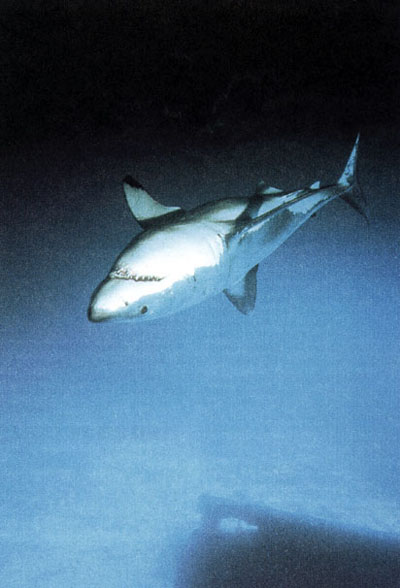 John Isaacs: Everyone's Talking About Jesus, 2004 Chromogenic photo print, 150 x 100 cm or 180 x 120 Dreamscapes Kristleifur Björnsson, Eelco Brand, Edward Burtynsky, Elger Esser, Andreas Gursky, Doug Hall, John Isaacs, Ellen Kooi, Hiroyuki Masuyama, Philippe Meste, Léonard Misonne, Martin Parr, Ralf Peters, Pierre Radisic, Peter Schlör, Petroc Dragon Sesti, Katrin Sigurdardottir, Roger Wagner According to the Petit Robert, the term "paysage" (landscape) appeared in 1549 to indicate a "stretch of land". It was in the 17th century that the meaning was definitively broadened to the domain of art: either a "painting representing nature in which figures (...) and buildings (...) are simply secondary features". However, Augustin Berque underlined the fact that "landscape is not a universal object": what the Romans called "the charm of the place" cannot be translated by "the beauty of the landscape" as this last concept, which implies the existence of a more complex exchange between the place and the contemplator apparently emerged in China in the 4th century, before being rediscovered in Europe during the Renaissance. "Landscape is not the environment itself, but a certain relationship (aesthetic in this case) which we have with it. The birth of the landscape is simply the birth of this type of relationship with the environment". With "Dreamscapes", Jérôme Jacobs presents a selection of work - photographs, videos and sculptures - which testify to the infinite variety of these relationships, at a time when the landscape is first and foremost what Man has made of it. The images of Edward Burtynsky, such as the dump full of old tyres intersected by a canyon, need no comment. The aestheticism of his photographs of cargo ships, taken to pieces by people in the Third World for the profit of the metallurgical industry, contrasting with the terrible reality depicted. The roads of Doug Hall emphasise the way these long ribbons of asphalt influence our way of perceiving the desert space they are passing through. On the other hand, the misty landscape of Kristleifur Björnsson, which is reminiscent of Chinese painting, ties in with the myth of nature intact, a tribute to tradition that is unexpected from this young artist who is also interested in the artificial dimension of the images that bombard us daily. Pretence is also to the forefront in the computer animations of Eelco Brand, with their endless views of fields and forests reconstituted by means of computer technology. The images of Ellen Kooi are located halfway between these two directions: although she refers explicitly to the iconographic tradition of the Dutch landscape, the artist introduces characters which disrupt the fine arrangement of the compositions. The human presence appears to have been erased, however, from the desolate panoramas of Peter Schlör, where houses merge into the rocky background. Man is also re-placed in the scale of nature in the picture by Roger Wagner of Franz-Josephs-Höhe, a paradoxical image in that the gradual disappearance of this glacier - due to climate warming - is linked to the planetary activity of the tiny human silhouettes crossing it. In Elger Esser's photographs, human beings disappear completely, swallowed up by the immensity of the landscape. There is a striking contrast between his virtually abstract views of deserts, seasides and rivers and the artificial, crowded ocean photographed by Martin Parr. Diurnal or nocturnal images, Ralf Peters' vertical images also play on the opposition between human earthly activity and the infinite sky - a space which is not, however, empty, as can be seen from the panorama views of Hiroyuki Masuyama, consisting of dozens of images taken at regular intervals from an aeroplane during an entire flight. Katrin Sigurdardottir's portable landscape also constitutes an invitation to travel. From a formal point of view, it evokes the model produced by John Isaacs, but the latter, true to his black sense of humour, shows a military tank transformed into a country cottage. The series by Pierre Radisic feature the eroticisation of the landscape, with photographic puzzles in the surrealist tradition. From Eros to Thanatos: Philippe Meste's video, a collage of multiple sequences gleaned from documentaries on war, evokes the graceful ballet of bombs launched by the US Air Force, and the shimmering colours of the napalm when it explodes in the Vietnamese jungle. By comparison, the natural destructive forces evoked by the tamed whirlwind of Petroc Dragon Selsi, appear quite pathetic ... Pierre-Yves Desaive Exhibition: 26 November 2004 - 15 January 2005 Gallery hours: Wed-Sat 2 - 6 pm aeroplastics contemporary Rue Blanche 32 / Blanchestraat B-1060 Brussels Telephone +32 2 537 22 02 Fax +32 2 537 15 49 Email aeroplastics@brutele.be www.aeroplastics.net |